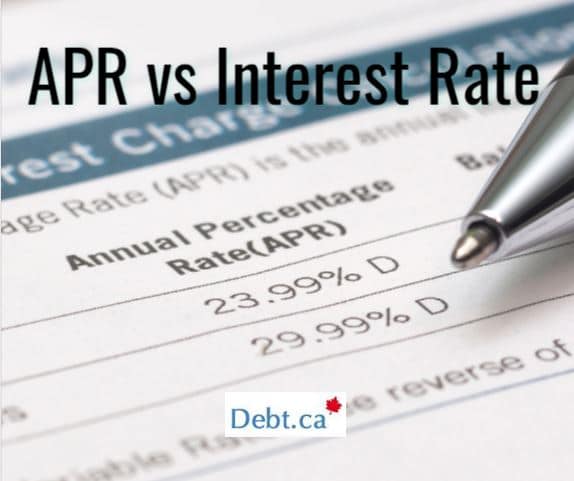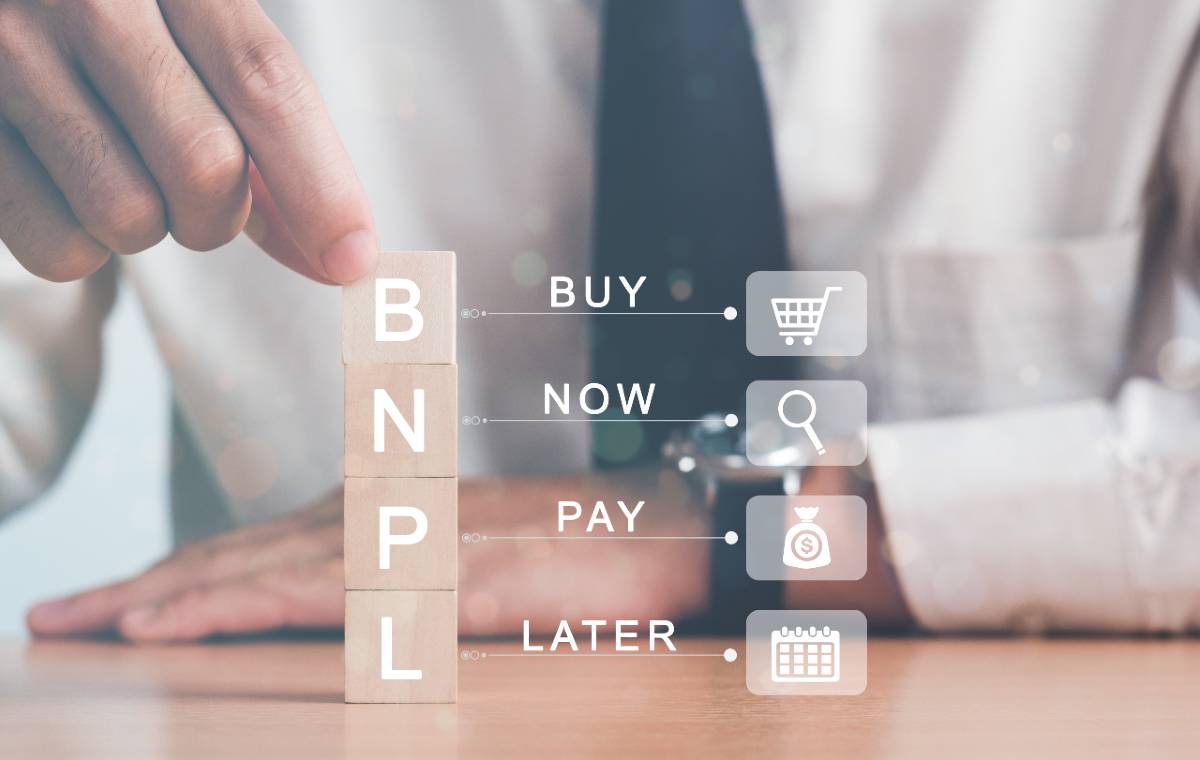The criminal interest rate represents the uppermost limit of interest that lenders are legally permitted to charge on a loan. Effective January 1, 2025, the maximum allowable interest rate plummeted from a 60% effective annual rate (EAR) to a 35% annual percentage rate (APR). At first, this won’t have a huge impact for many, but beware. This one change has the potential to impact all Canadians down the road, for richer or for poorer.
The why
To understand why the government has updated the criminal interest rate it helps to have a clear picture of high-interest lending. Let’s use Payday loans as an example of what happens with high-interest loans.
A good samaritan struggling financially looks for help paying their electric bill. They find a payday loan company that offers them a $200 loan for $28. Great! The electric bill gets paid and everything is fine, for a while. Payday comes around and Good Samaritan realizes they have rent coming due. With having to pay the loan company they know they’re going to be short so they take out another loan from the company. Essentially, they’re taking out the same money again, but they pay another $28. Within just a few rounds of this cycle, they’ve paid the payday loan company just as much as they borrowed.
The government’s intent behind this change is to shield consumers from these debt spirals created by high-interest loans and foster more affordable borrowing. While their intentions are good and this change will help some people, there are consequences of this change that could trickle down to all Canadians. It’s important all of us know how and why.
The ripple effect
There’s no way around the fact that a business’s main goal is to make money. A loan company is no exception. This is all fine and good. In all fairness, there’s nothing necessarily wrong with making money, as long as it’s in a legit and ethical way. (We’ll leave the part of this discussion about the ethics around fueling a systemic problem for another time.) The issue is that there’s always a tipping point. This point comes when the interest rate these companies can legally charge no longer makes it sustainable or worthwhile to stay in business. In other words, a business can’t keep going if it can’t pay its employees or rent.
Is this new interest rate the tipping point? Possibly. Possibly not. Only the loan companies really know. What is for sure is that ever since the government announced this change these companies were in deep analysis and re-design mode. They were asking themselves, are we in trouble and what do we do to keep out of trouble? It’s the answers to these questions that could lead to a dramatic impact on the Canadian financial landscape.
The fallout
One of the biggest impacts we could see for borrowers is that the lower interest rates may inadvertently create a false perception of affordability. This may cause some borrowers to delay seeking help from financial experts and continue to rely on high-interest loans, thereby worsening their situation over time. While similar to the payday loan example from earlier, the difference is that the slower pace would mean a longer and deeper debt cycle.
Another impact on borrowers is that lenders may adopt a more cautious approach. This could lead to a reduction in loan approvals due to the imposition of lower interest rates. What’s worse is, this heightened selectivity could disproportionately affect those that actually need and use these services most. For example, those with less-than-perfect credit scores who can’t access credit elsewhere and low-income households.
The decreased availability of credit might inadvertently push some borrowers toward riskier, unregulated lending options, such as pawn shops, informal lenders, or offshore entities. These avenues often lack essential consumer safeguards, potentially leading to a deeper quagmire of debt. This is especially concerning since so many are struggling financially. In fact, a recent survey found that 1 in 2 Canadians are just $200 away from being broke.
The way out
At this point, the change is made. As well-intentioned as it was, the criminal Interest rate is officially lowered and the door is open for these unintended consequences. It’s unlikely that the government will step in to reverse their decision or restructure the entire financial industry any time soon. That leaves us with one question, what do we do? Below are a few proactive steps Canadians can take to mitigate the impact of any fallout.
Budgeting and debt management
Develop a budget to monitor your income and expenses, and prioritize debt repayment using effective strategies like the debt snowball or debt avalanche methods.
Educate yourself
Add financial literacy to your list of priorities. Being informed on basic financial best practices and keeping up to date on the financial landscape will always be your best offence against financial hardship.
Elevate your credit score
A solid credit score is vital to securing lower-cost credit. Make payments on time, reduce credit card balances, and check your credit report regularly to correct any errors.
Seek expert support
If you start feeling like you’re in over your head get help from a reputable financial expert. Don’t wait. The earlier you get help the more options that will be available to you to get back on track.
Wrap up
While the reduction of the criminal interest rate aims to protect vulnerable Canadians from predatory lending practices, it also has some complexities and possible risks. It’s essential to understand the changes and take steps to improve financial health through credit building, budgeting, education, and seeking support from trusted organizations. Canadians must also be aware of the potential risks of unregulated lenders and take the necessary steps to make informed decisions.
If you’ve already found yourself stuck in the grips of a debt spiral there is a way out. One of our Credit Counsellors can show you how during a free consultation.










